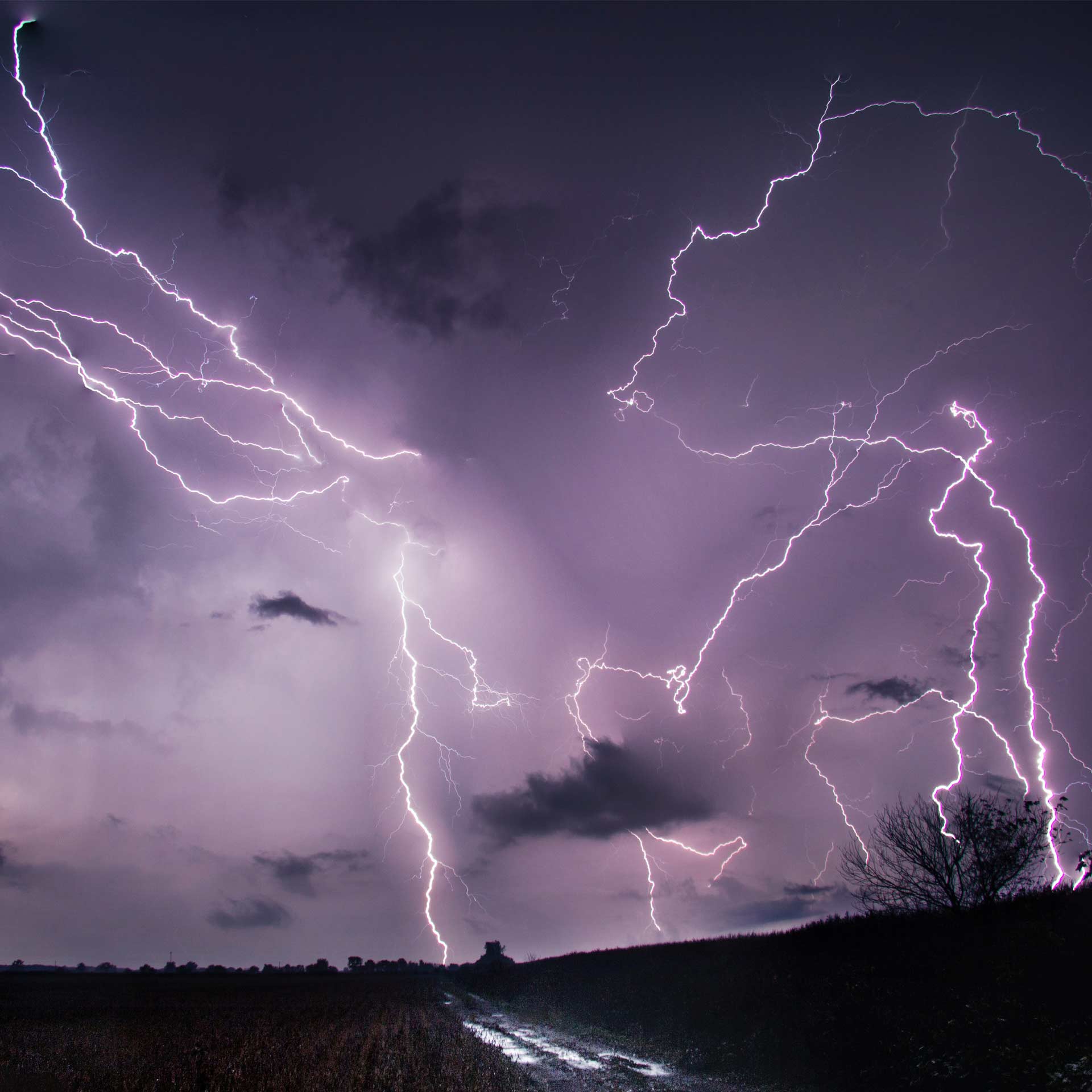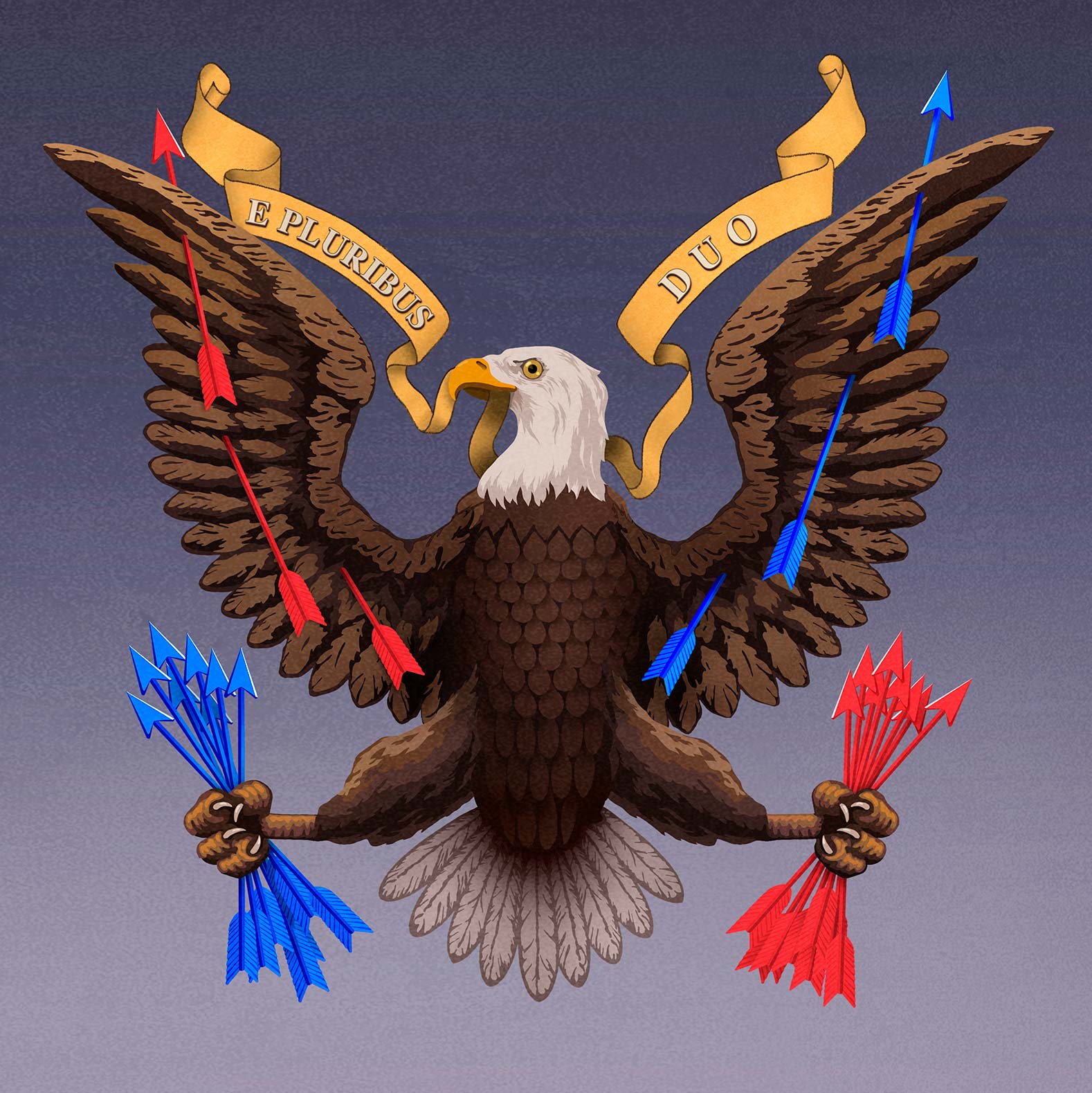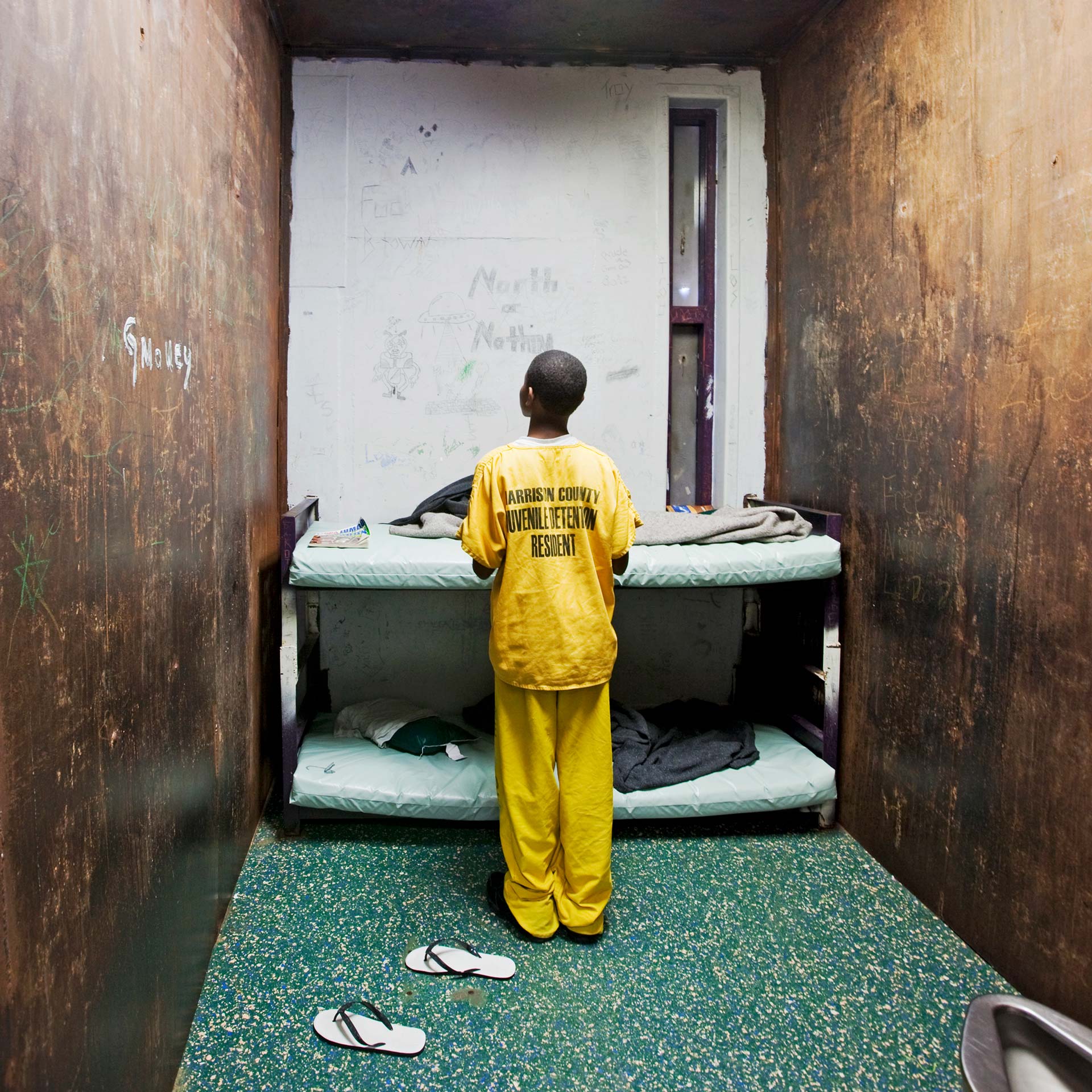In early autumn, members of the Chumash community gathered at UC Santa Barbara’s North Campus Open Space for an event that none of them had ever witnessed, a practice that had been lost for generations, that most thought would never happen again.
Fire was an integral part of Chumash livelihood for centuries, if not millennia. Periodic controlled burns kept the landscape open, promoted the growth of useful plants and facilitated hunting. “Here in Southern California, it actually was probably a much more efficient way of producing food than agriculture would have been at the time,” explains Jan Timbrook, curator emeritus of ethnography at the Santa Barbara Museum of Natural History. Even most native crops — think corn, beans and squash — need summer rainfall or irrigation. “It was a lot more efficient to just burn these patches periodically.”
Historical and archaeological evidence suggests that this practice was incredibly effective. Pre-contact Southern California was likely the most densely populated region north of the Valley of Mexico. “Around the Goleta Slough and Mugu Lagoon, there were large towns. Some of them had as many as 1,000 people,” Timbrook says. This was a vibrant, bustling society supported by a diversity of resources paired with effective land management.
Now, many people with Chumash heritage aren’t part of a federally recognized tribe, don’t have a cultural center and don’t have their own land. “So it’s important for places like UCSB, the North Campus Open Space, to open these areas for us to do this,” says Marianne Parra, a Chumash woman active in cultural revitalization.
Revitalizing land and culture
In 2009, UCSB embarked on a 13-year restoration of a golf course in Goleta. The transformed landscape became the North Campus Open Space.“Integrating prescribed fire in the grasslands was a high priority from the beginning,” says Lisa Stratton, director of ecosystem management at UCSB’s Cheadle Center.
Chia sage and red maids (“’ilépesh” and “khutash” in the local kaswa’a language) were among the plants that most benefited from cultural burns. The seeds of these plants — a staple of the traditional Chumash diet — ripen in late spring through early July. Women used seedbeaters to knock the seeds into gathering baskets, in the course of which some seeds were inevitably scattered. After harvesting, they burned the fields to promote the next year’s growth.
And it was definitely women who did this. “They’re the people who know the most about how these plants grow and the resources that they provide,” Timbrook says, “so it seems logical that the women would be handling the management of those kinds of resources.”
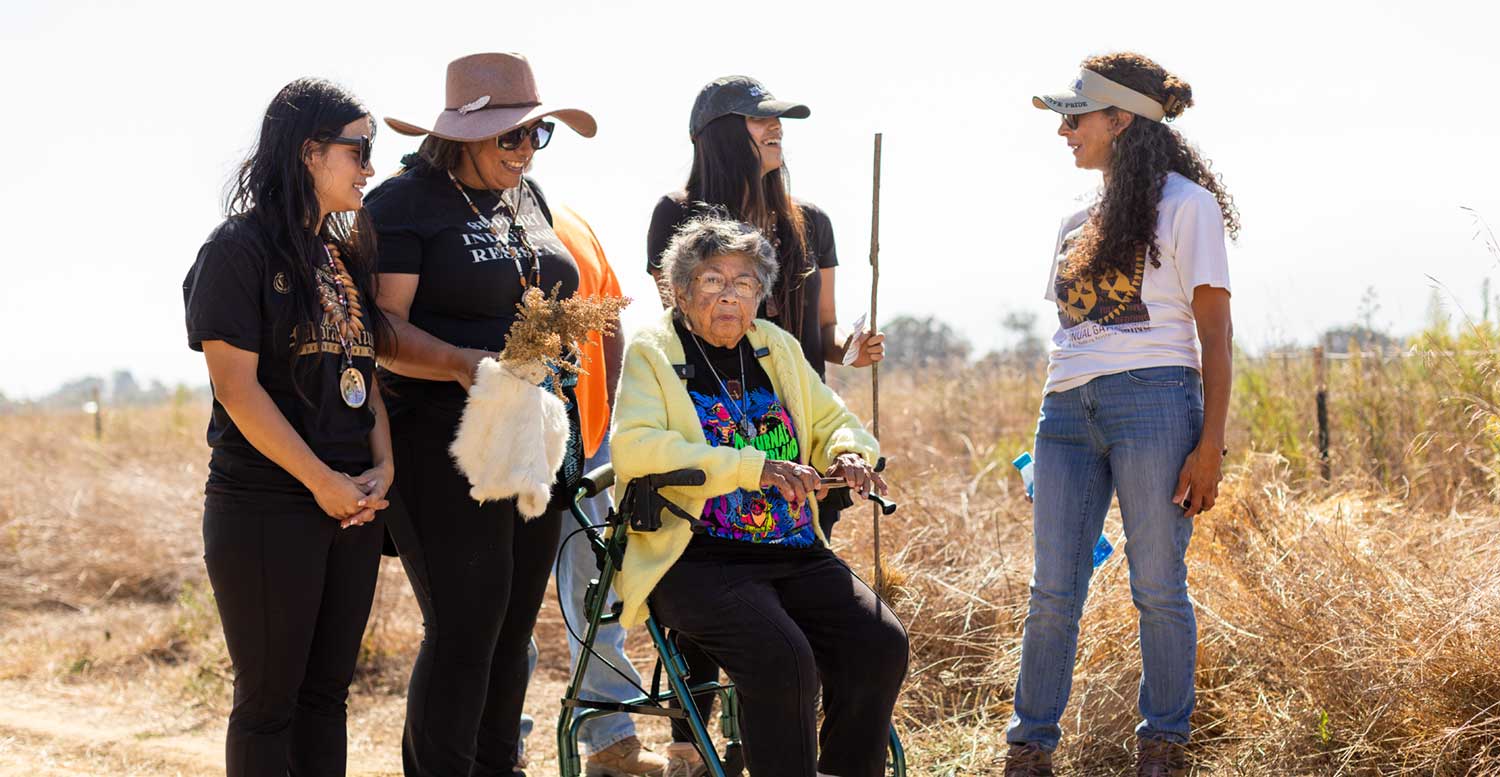
That’s why the community chose Ernestine Ygnacio-De Soto to lead the fire-lighting ceremony. Ygnacio-De Soto is the daughter of the last native speaker of any Chumash language. The irony is that she’s terrified of fire. So why did she agree to light the fire? “Because I’m the elder,” she replies. “Because I’m from here. I do descend from the chiefs, and I have to hold that position.”
The Chumash peoples practiced sophisticated land management to sustain themselves. But colonists had a different way of life and a different perspective. “Some of the earliest Spanish explorers ... complained in their journals about ... having trouble finding pasturage for their horses and livestock because the ‘heathens’ had burned off all the grasslands,” Timbrook says.
The tradition of burning came to an abrupt end in 1793, when interim Spanish governor José Joaquín de Arrillaga outlawed the practice. “It’s basically been a crime throughout much of California for 230 years now,” says Wayne Chapman, a restoration manager at the Cheadle Center. “And the first place that it was made a crime was Santa Barbara: posted at the Presidio.”
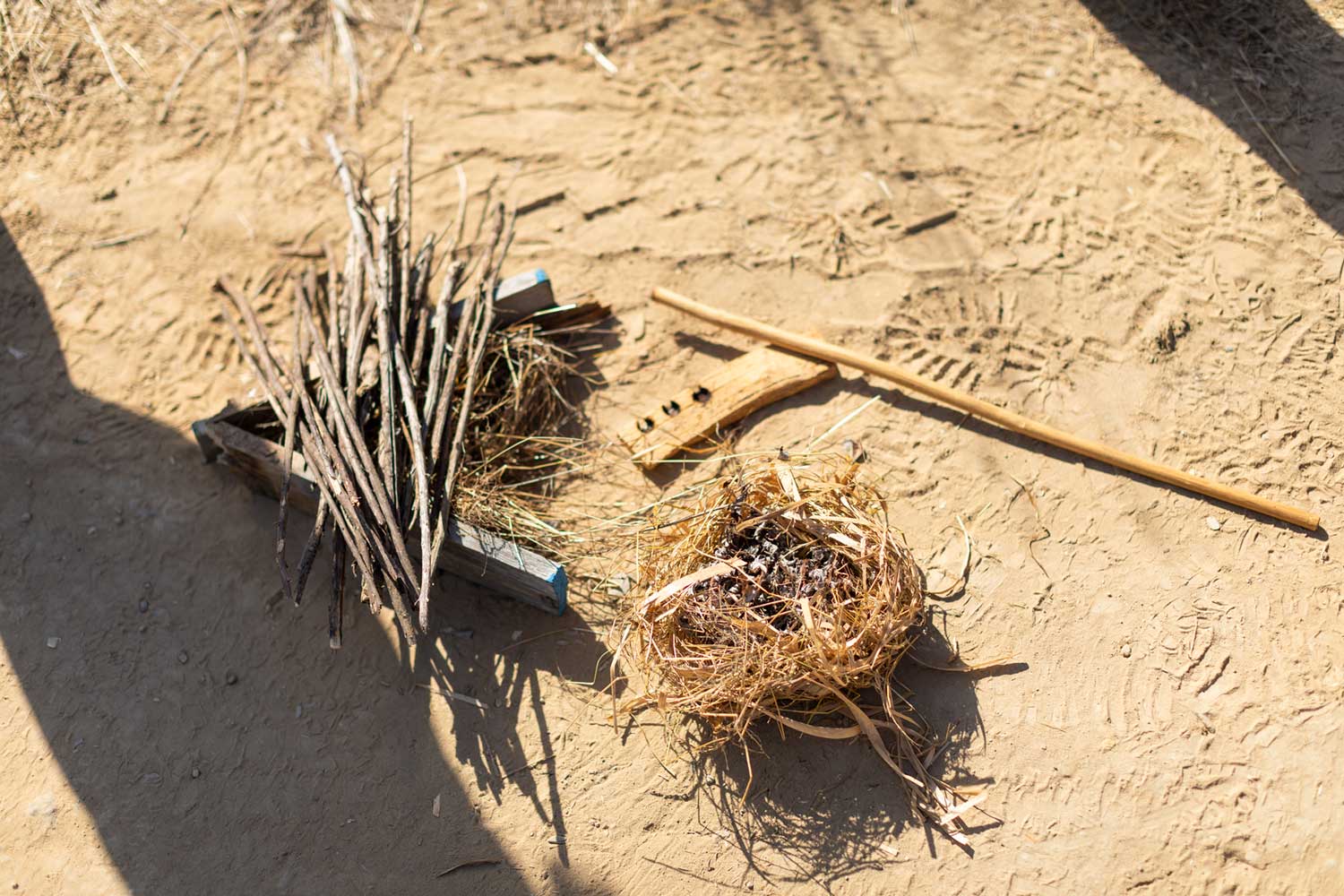
Hope, determination and action
Despite what the Chumash lost to colonization — and they lost a lot — cultures are living things, characterized as much by their history as their future. They’re working hard to gain more agency over their own cultural practices. “Being out here getting firsthand experience, and hopefully being able to carry it to future generations ourselves, is really the ultimate goal,” says Parra’s daughter, Robyne Redwater.
“I'm always a great believer in continuity of care,” says Ygnacio-De Soto, who worked as a nurse for 45 years. “So it’s not the start of bringing these practices back that matters as much as what happens after.”
